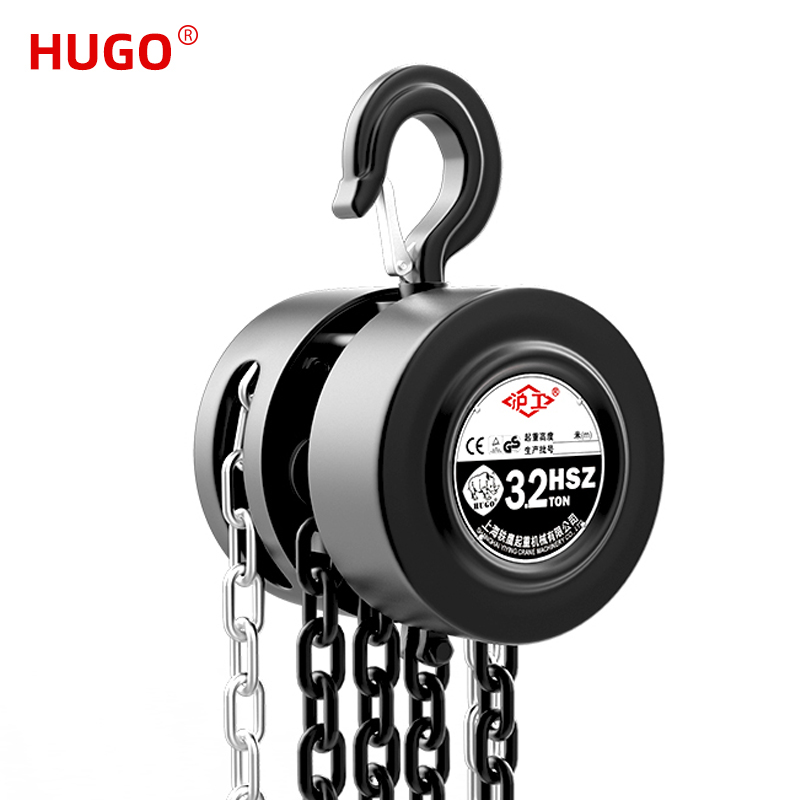Exploring the Primary Components of a Chain Block
2024-03-04
Introduction:
Chain blocks, also known as chain hoists or chain falls, are essential tools in various industries, facilitating the lifting and lowering of heavy loads with ease and safety. Understanding the primary components of a chain block is crucial for ensuring its proper use and maintenance. In this blog, we'll delve into the key elements that make up a chain block and their functions.
1. Load Chain:
At the heart of a chain block is the load chain, typically constructed from high-quality alloy steel. This chain is responsible for bearing the weight of the load being lifted. It undergoes rigorous testing to ensure durability and reliability under heavy loads. The links of the chain are designed to interlock securely, providing stability and strength during lifting operations.
2. Load Hook:
The load hook is attached to the end of the load chain and is the point of connection for the load being lifted. It is forged from robust materials and is engineered to withstand substantial weight without deformation or failure. Load hooks often come equipped with safety latches or clasps to prevent accidental disengagement of the load.
3. Hand Chain:
The hand chain is an integral part of the chain block, serving as the mechanism for lifting and lowering the load. It is operated by the user through a hand chain wheel or lever, which engages with the load chain to control its movement. Hand chains are designed for smooth operation and ergonomic handling, allowing users to exert precise control over lifting operations.
4. Gearbox:
The gearbox of a chain block houses the gears and bearings responsible for transmitting force from the hand chain to the load chain. It is a critical component that determines the efficiency and performance of the chain block. High-quality gearboxes are constructed to minimize friction and wear, ensuring smooth operation and longevity.
5. Load Brake:
Safety is paramount in lifting operations, and the load brake plays a crucial role in preventing unintended lowering of the load. It is a mechanical braking system integrated into the gearbox, activated by the tension in the hand chain. The load brake engages automatically to hold the load in place when the hand chain is released, providing added security against accidental drops.
6. Housing and Frame:
The housing and frame of a chain block provide structural support and protection for the internal components. They are typically made from durable materials such as steel or aluminum alloy, engineered to withstand the rigors of industrial environments. The housing encases the gearbox and load brake, while the frame provides a sturdy mounting point for the chain block.
Conclusion:
Chain blocks are indispensable tools for lifting heavy loads safely and efficiently in various industries. By understanding the primary components of a chain block and their functions, users can ensure proper operation, maintenance, and safety protocols are followed. Investing in high-quality chain blocks and adhering to best practices for their use can enhance productivity and minimize the risk of accidents in lifting operations.



